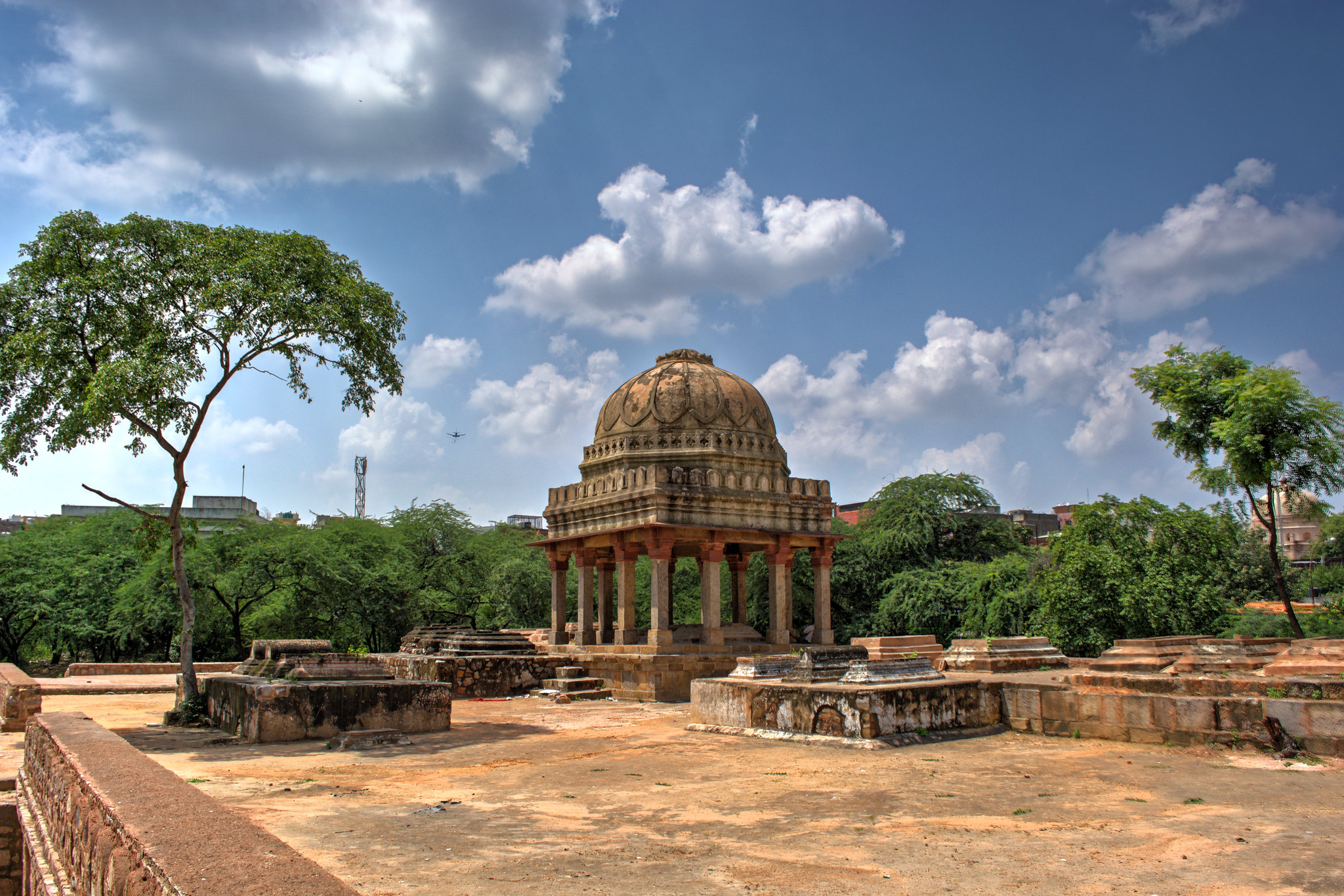A Three-Hour Stroll Through the Oldest Quarter of Delhi: Exploring the Archaeological Park of Mehrauli Delhi, the heart of India, is a city steeped in history and brimming with cultural richness. Among its many treasures lies the Archaeological Park of Mehrauli, the oldest part of the city, which bears witness to centuries of civilization and upheaval. Embarking on a three-hour stroll through this ancient landscape is akin to stepping into a time machine, where every ruin, temple, and monument whispers tales of bygone eras.
Discovering the History
The journey commences at the Qutub Minar, an iconic symbol of Delhi’s architectural prowess and a UNESCO World Heritage Site. Standing tall at 73 meters, this towering minaret is a testament to the victory of Islamic rule in India. As one wanders around its intricate carvings and inscriptions, the sheer grandeur of its construction becomes evident. Adjacent to the Qutub Minar is the Quwwat-ul-Islam Mosque, India’s first mosque built in the 12th century, reflecting the fusion of Hindu and Islamic architectural styles.
Tracing the Footsteps of Emperors
Moving deeper into the park, one encounters the imposing ruins of the Lal Kot, the first fortified settlement of Delhi built by the Tomar Rajputs in the 8th century. These ancient walls, now overrun by foliage, once guarded the city against invaders and witnessed the rise and fall of dynasties. Amidst the ruins, the Iron Pillar stands as a marvel of metallurgical excellence, dating back to the Gupta Empire and defying corrosion for over a millennium.
Unraveling Mysteries in the Courtyards
As the stroll continues, the serenity of Mehrauli’s courtyards and gardens envelopes the senses. The lush greenery offers respite from the bustling city outside, inviting visitors to pause and reflect. In the courtyard of the Tomb of Balban, the atmosphere is tinged with an aura of mystery as one contemplates the life and reign of the slave dynasty ruler buried here. Nearby, the intricate carvings of the Jamali Kamali Mosque transport visitors to a realm of spiritual contemplation, where Sufi saints once communed with the divine.
Immersing in Spiritual Devotion
The soul of Mehrauli lies in its sacred spaces, where devotees gather to seek solace and enlightenment. The dargah of Sufi saint Qutbuddin Bakhtiar Kaki emanates a sense of tranquility amidst the chaos of the city. Here, people from all walks of life come to offer prayers and seek blessings, forging bonds of communal harmony and spiritual unity. The nearby Yogmaya Temple, dedicated to the sister of Lord Krishna, stands as a symbol of syncretism, where Hindu and Muslim traditions intertwine seamlessly.
Embracing Cultural Diversity
As the three-hour journey draws to a close, one cannot help but marvel at the cultural tapestry woven into the fabric of Mehrauli. From the grandeur of Islamic architecture to the tranquility of Hindu temples and the mysticism of Sufi shrines, every corner of this ancient quarter bears testimony to India’s rich heritage. The bustling bazaars and narrow lanes teem with life, offering a glimpse into the daily rhythms of Delhi’s diverse populace.
Conclusion
A three-hour stroll through the Archaeological Park of Mehrauli is not merely a journey through time, but a voyage of discovery and enlightenment. In its crumbling ruins and sacred shrines, one finds echoes of India’s tumultuous past and the resilience of its people. As the sun sets over the horizon, casting a golden glow upon the ancient stones, one cannot help but feel a sense of awe and reverence for the timeless beauty of Delhi’s oldest quarter.
